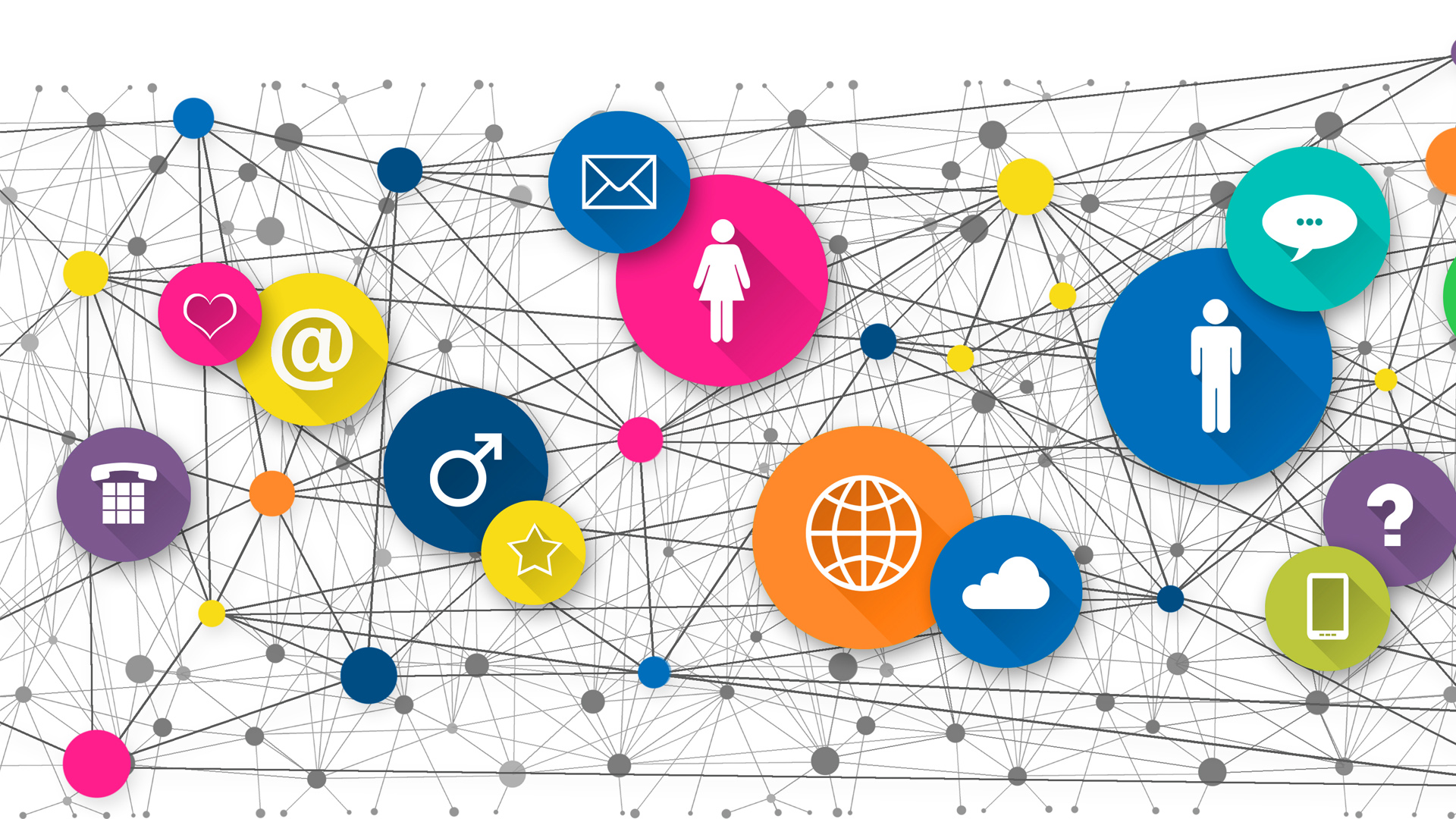
In May 2004, the year then-rookie Liberal prime minister Paul Martin triggered a general election for June 28, I was a Grade 12 student swept up in the euphoria that had been building around Martin’s long-anticipated ascension to the nation’s highest office.
I walked into my local Liberal MP’s campaign office in London, Ont., eager to get involved in a riding-level campaign. I wanted to learn firsthand what it was like to be a part of local democracy. It would be the first of many Liberal Party campaigns that I would volunteer for over the next 17 years.
The 2004 federal election campaign was one of the most competitive in 40 years, and it was arguably the last campaign of a bygone era when elections were won and lost with stump speeches, leaders’ debates and traditional media ads. The minority Parliament that resulted from the 2004 campaign and the successive minority governments that followed ushered in the age of the permanent campaign that forced all parties to continually be in a state of election-readiness in case the country was plunged into an election.
After 2004, the planning and execution of political campaigns changed considerably due to three key factors: the advent of innovative voter-data analytics (big data); the meteoric rise of social media and the accompanying fragmentation of traditional media; and sweeping changes to campaign finance laws that have forced all parties to rely on smaller contributions from a broader donor base.
It’s not that the central objectives of campaigns have changed all that much over the past two decades, but the strategies and tactics parties employ to reach their campaign goals and win elections have transformed since I first knocked on doors and pounded in election signs almost two decades ago.
Since the 2005-06 election campaign, big data has become a staple feature of the modern campaign. It’s used to micro-target voters, mobilize supporters, recruit volunteers and solicit donations. Micro-targeting – the identification of key segments of the electorate in swing ridings who might be swayed by a key message or issue – has armed parties with crucial data that informs virtually every facet of their campaigns, including policy, communications and fundraising.
What makes big data novel is its precision and sophistication, and how it’s manipulated to profile specific voter demographics. Its presence on the campaigns of all major parties in recent years has been a game changer, professionalizing the modern campaign. Until 2015, the Conservative Party enjoyed a distinct advantage in this area, harnessing its data through the Constituent Information Management System (CIMS) – a well-built voter-contact database that played a vital role in three Conservative electoral victories.
The Liberal and New Democratic parties have levelled the big-data playing field since 2015. Katie Telford, the 2015 Liberal campaign’s co-chair, credited the party’s use of its Liberalist software as a key factor in the Liberals’ unprecedented move from third-place opposition party to commanding majority government. The NDP has also taken advantage of big data, rolling out a voter management system called Populus.
The second factor transforming the modern campaign is the dramatic rise of social media platforms. In the 2008 federal election, all the major parties began to experiment with social media, primarily through the use of Facebook. Less than three years later, the Globe and Mail dubbed the 2011 federal election “Canada’s first social media election,” due in large part to the continued rise of Facebook and the relatively new entry of Twitter into the social media ecosystem.
Since Barack Obama’s 2008 U.S. presidential campaign, which was seen as a watershed moment for social media in politics, Canadian parties’ ability to leverage social media has increasingly played an important role in their electoral outcomes. Platforms like Facebook, Twitter, YouTube and Instagram have changed the way voters interact with candidates. Since 2011 especially, social media has equipped incumbent politicians and candidates with an invaluable tool to communicate directly with voters.
It’s given campaigns the ability to circumvent the media as the intermediary that parties and candidates have traditionally relied upon to disseminate their messages to the electorate. Gone are the days when a campaign had to issue a press release or speak to a journalist to reach voters. Today, campaigns can reach citizens instantaneously through a Tweet, Facebook post, or YouTube video. Social media has also armed campaigns with more creative and authentic ways to interact with a diverse and younger electorate that no longer relies on conventional media for its news.
In recent years, Trudeau’s Liberals have invested the most in social media, with impressive results. In the 2019 election, the party spent $2.1 million in the pre-writ and writ periods to advertise on Facebook – more money spent than all the other parties combined. The pervasive nature of social media has also played to the strengths of the Liberals and NDP, whose youthful leaders have used social media to their advantage.
Since 2008, social media has increasingly become a staple of the modern election campaign, changing fundamental campaign dynamics each election cycle. Social media can and does reinforce positive or negative impressions among supporters and undecided voters. With more than 23 million Canadians on Facebook and half the population reportedly consuming their news through social media, its significance to the modern campaign will only intensify in the coming years.
The final development that has changed campaigns has been the numerous campaign finance reforms that have been implemented since 2003, when then-prime minister Jean Chrétien introduced sweeping reforms to federal party campaign finance regulations, placing major caps on individual, corporate and union donations. As a result, a per-vote subsidy was introduced to offset the revenue parties lost due to these reforms, allocated to each party based upon the number of votes it garnered in an election.
In 2006, then-prime minister Stephen Harper eliminated corporate and union donations altogether, and by 2015, the per-vote subsidy had been phased out. Because of these changes, all parties must rely on smaller contributions from a broader donor base. This new reality has led to the professionalization of parties’ grassroots fundraising arms, which now incorporate modern-day marketing and communication techniques to garner donations from a diverse base of supporters.
In 2019, an analysis of 15 years of donation data compiled by Elections Canada revealed that more Canadians are donating to political parties in recent years than they did in 2004. But the same analysis found the amount of money given by each donor is steadily declining.
Back in 2004, about 55,000 individual donors gifted an average of $275 to a federal party or candidate. By 2018, the number of donors had increased to 81,000, but each donation was only $117, on average. These changing fundraising trends have led all parties to leverage online contributions, where donors typically give less per donation but contribute multiple times a year. Overall, these changes are positive as they force parties to focus on grassroots fundraising, as opposed to relying on corporate and union donations that could be predicated on a quid pro quo understanding.
This late-summer federal election has faced an exceptionally challenging landscape, with the unparalleled circumstances of a fourth wave of a global pandemic disrupting the country. It’s forced campaign teams across the country to adjust the tactics in their playbooks, relying even more heavily on digital strategies, social media and remote video conferencing technologies like Zoom to interact with supporters. In-person campaign events have been held mostly outside as campaigns have taken steps to enforce public health measures.
The unprecedented amount of money each major party is spending in this tight election points to the continued importance of highly professionalized grassroots fundraising techniques that all parties have come to rely on. And in what has been universally described as a horse-race, the importance of big data in influencing key demographics in swing ridings may be the crucial factor that pushes one of the parties across the finish line on Sept. 20. Given the unique set of circumstances, this campaign could end up being one that political scientists look back upon with particular interest in the years to come.
This article is part of the How can we improve the elections process special feature.










